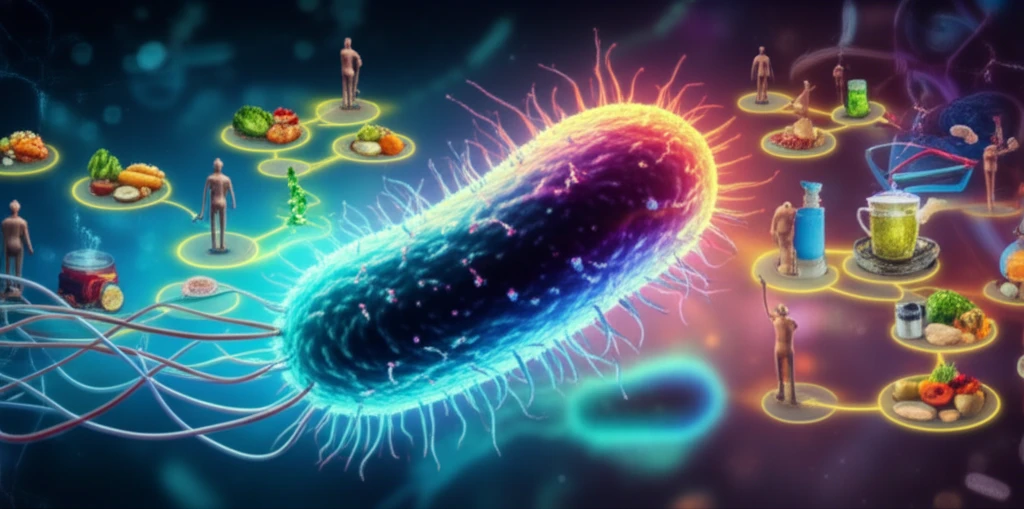
Decoding Superbugs: How Whole Genome Sequencing Can Help Us Win the Fight
"A Swiss study explores how advanced genetic analysis can pinpoint the sources of antibiotic-resistant bacteria, paving the way for better infection control strategies."
The rise of antibiotic-resistant bacteria, often dubbed “superbugs,” is one of the most pressing threats to global health. Once easily treatable infections are becoming increasingly difficult, and sometimes impossible, to cure. Extended-spectrum beta-lactamases (ESBL)-producing Enterobacteriaceae are a particularly concerning group of these superbugs, capable of resisting many common antibiotics.
Initially associated with hospital-acquired infections, ESBL-producing bacteria are now increasingly found in community settings. This shift suggests that these superbugs are no longer just a hospital problem but are spreading through various pathways, including food, water, and international travel. Understanding how these bacteria transmit is crucial to developing effective prevention and control strategies.
A groundbreaking study conducted in Switzerland is using whole genome sequencing (WGS) to track the transmission of ESBL-producing Enterobacteriaceae. This advanced technique allows researchers to analyze the complete genetic makeup of bacteria, identifying the sources and pathways of transmission with unprecedented accuracy. By mapping the spread of these superbugs, the study aims to inform targeted interventions that can help curb the growing threat of antibiotic resistance.
What Makes ESBL-Producing Bacteria So Dangerous?

ESBL-producing Enterobacteriaceae are a family of bacteria that have developed resistance to many beta-lactam antibiotics, which are among the most widely used drugs for treating bacterial infections. This resistance is due to enzymes called extended-spectrum beta-lactamases (ESBLs), which the bacteria produce to break down these antibiotics, rendering them ineffective.
- Widespread Resistance: ESBLs make bacteria resistant to multiple antibiotics.
- Difficult Treatment: Infections are harder and more expensive to treat.
- Increased Mortality: Untreatable infections can lead to higher death rates.
Looking Ahead: How Can We Fight Back?
The Swiss study highlights the importance of a multi-faceted approach to combating antibiotic resistance. By using whole genome sequencing to track the transmission of ESBL-producing bacteria, researchers can identify key sources and pathways of spread. This knowledge can then be used to inform targeted interventions, such as improved infection control practices in hospitals, enhanced surveillance of food and water sources, and promotion of responsible antibiotic use.
